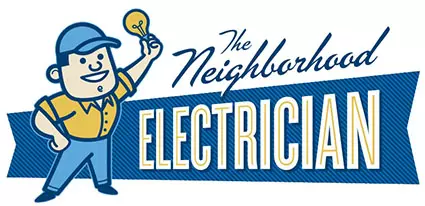Troubleshooting Common Breaker Problems And How To Fix Them
Breakers help protect electrical systems from potential damage, but what do you do when the breaker is no longer working properly? A faulty breaker can cause a range of problems, from power outages to circuit malfunctions. In this blog article, we’ll discuss some of the most common breaker problems and how you can troubleshoot and fix them. So if you’re dealing with a malfunctioning breaker, read on to learn more about how you can get it up and running again in no time.
Circuit breakers are an important part of your home’s electrical system
A circuit breaker is a safety device that helps to prevent electrical fires by interrupting the flow of electricity when there is an overload. If you have ever had a power outage, it was probably because a circuit breaker was tripped.
There are two types of circuit breakers: main breakers and branch breakers. The main breaker is located in your home’s main electrical panel, and it controls all of the circuits in your home. The branch breakers are located in the individual circuits themselves, and they help to protect against overloading by breaking the circuit if too much electricity is flowing through it.
If a circuit breaker trips, it means that there is too much electricity flowing through the circuit. This can be caused by a number of things, such as a short circuit, an overloaded circuit, or a ground fault. To reset a tripped breaker, simply flip the switch back to the “on” position.
If your breaker keeps tripping, there may be an issue with one of your appliances or with the wiring in your home. If you suspect that there is a problem, you should contact an electrician to have them take a look at your system.
What are some common breaker problems?
1. Tripped breakers: A tripped breaker is the most common problem. It occurs when too much current is flowing through the circuit, causing the circuit breaker to “trip” and switch off. This can be caused by overloaded circuits or a short-circuit.
2. Stuck Breaker: Another common issue is a stuck breaker, which occurs when the contacts inside of the breaker become stuck in either an on or off position and will not move. This can cause an interruption in power to the circuit that it is controlling.
3. Corroded Breakers: Over time, corrosion can occur on the internal components of a breaker due to moisture or other environmental factors. This can prevent them from working properly and result in a loss of power to a specific circuit.
4. Worn Out Breakers: If a circuit breaker is used often, it may start to wear out over time, resulting in faulty connections and an inability to control electricity flow correctly. In this case, it may need to be replaced with a new one.
5. Arc-Faults: Arc faults occur when a circuit breaker has weakened components, causing it to draw too much power from the outlet and create a spark, or an arc. This can cause an overload of current and potential damage to the circuit or even start a fire.
How can you troubleshoot breaker problems?
If you’re having breaker problems, there are a few things you can do to troubleshoot the issue. First, check to see if the breaker is tripped. If it is, simply reset it and see if that fixes the problem. If not, you may need to replace the breaker. Another thing to check is the wiring. Make sure all the connections are tight and there are no loose wires. Finally, if you’re still having problems, you may need to call an electrician.
How can you fix common breaker problems?
If you’re having problems with your breaker, there are a few things you can do to try to fix the issue. First, check to make sure that the breaker is properly installed and that all of the connections are tight. If everything looks good there, then the next thing to check is the breaker itself. Sometimes, breakers can become damaged or worn and will need to be replaced. If you’re not sure how to do this, you can always call an electrician. Finally, if you’re still having problems, it’s possible that there’s an issue with your electrical panel. This is something that should be checked by a professional and is usually not something that homeowners can fix themselves.
Conclusion
Troubleshooting breaker problems can be a daunting task, but if you take the time to identify the source of the problem and follow the right steps it’s usually quite simple. Make sure to always check your breakers before attempting any repairs, and never work on them while they are still energized. Finally, remember that safety should always come first when dealing with breaker problems. With these troubleshooting tips in mind, you should be able to quickly and easily diagnose and solve any circuit breaker issues you may encounter.

